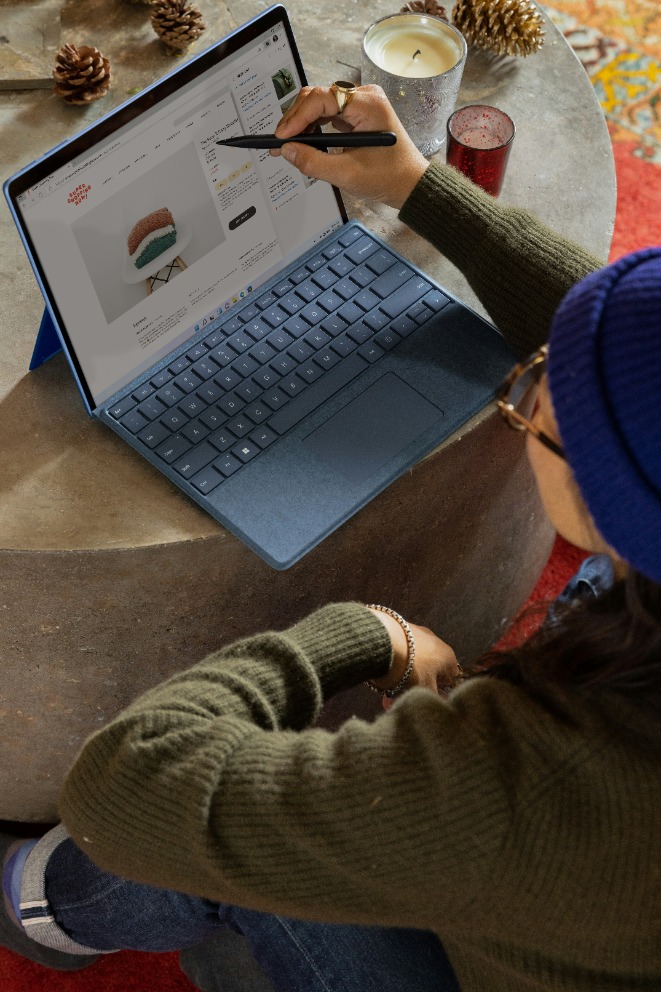Asialink Business
Business advice, training and insights. Partner with us to develop your workforce capability or codesign your Asia strategy.

How can we help?
How can we help? Get in touch to discuss how we can help you engage with Asia

Business advice, training and insights. Partner with us to develop your workforce capability or codesign your Asia strategy.

How can we help? Get in touch to discuss how we can help you engage with Asia
